By Jessica Thompson
When reading a book, watching a movie, listening to a story, or even playing a game, most people focus on the characters or plot, but the third big ingredient is your setting.
What is the setting? Google says it is the place or type of surroundings where something is positioned or where an event takes place. Merriam-Webster goes a little broader and says it’s the manner, position, or direction in which something is set. The setting is the where and when of your story.
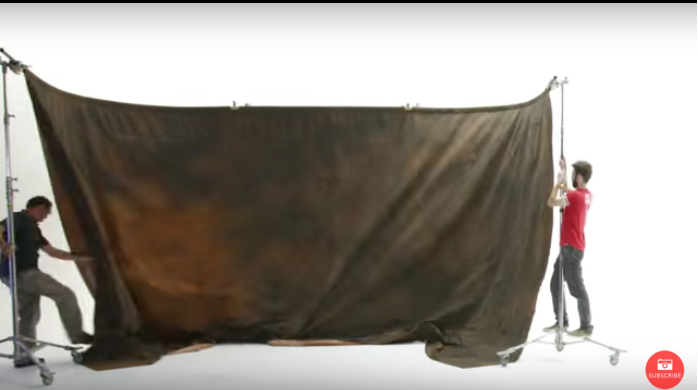
While it may be often overlooked, your setting should do some of the work for you and your characters so that more can go unsaid.
What do I mean by that? Large parts of your character development, your theme, and even plot devices can be symbolic or hidden in subtext. They can hit harder and be more elegant if not said out loud and thrown in the reader’s face. If you make your setting do some of the work, it’s not just a backdrop, but a context and a mood that holds up all the other parts of your story.
How? The first step is that in every single scene, our settings can and should be instrumental in illustrating your theme and tone, developing your characters, and driving your plot. No one wants to be informed flat out that the theme of the story is love as they did in the movie Interstellar. They want to see it and feel it and know it somewhere in the back of their minds, but not be told with words. The setting can help you convey your theme by being a reason your lovers are apart, as in Sleepless in Seattle, or it can highlight how different they and their lives are like Scrooge and Cratchit in A Christmas Carol. It can be the antagonist as your character battles the elements like in The Martian or make us feel anxious in a crowded room or lonely in a vast wasteland. This is why characters are sad in the rain, scared at night, or happy in the sunshine. The setting is doing a lot of the work in setting the tone and the mood, which then conveys themes.
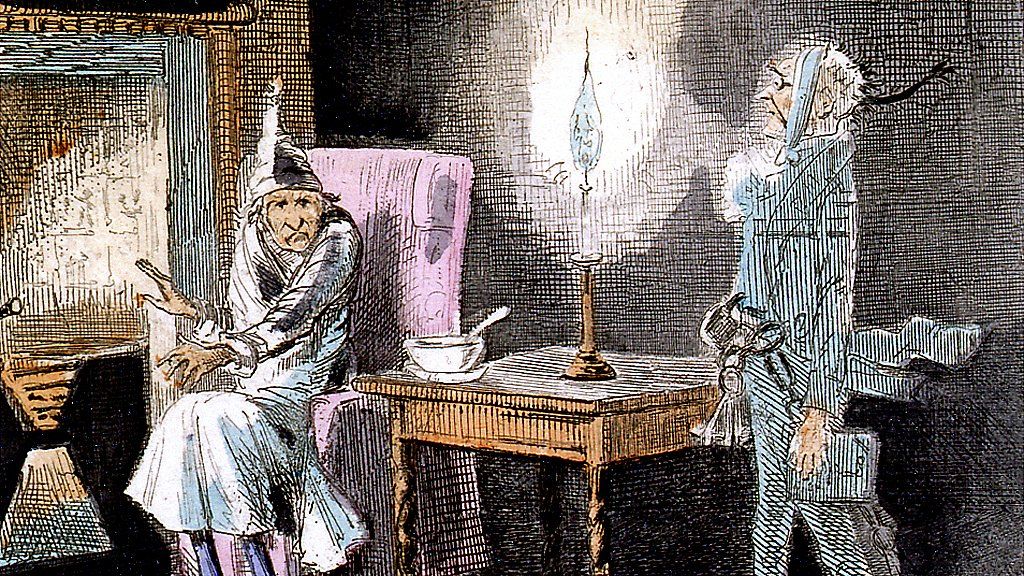
Developing your characters is another huge load that you can rely on your setting to help carry for you. A character’s home tells a lot about them as well as who they live with, their pets, and their living conditions. Is the apartment clean and precise? Is it cluttered and covered in cat hair? I’m thinking of the difference between the two main characters in the movie Stranger than Fiction. Will Ferrell’s character is neurotically tidy and Maggie Gyllenhaal’s character is warm and relaxed, and a large part of why we know that is because of what we’ve seen of their apartments.
When your character goes out, where do they go? It’s two very different characters who gaze longingly at a graveyard versus going dancing at a nightclub with friends. Also their reactions to their setting, like what does your character do when it starts to rain? Do they turn up their collar and trudge like Blade Runner, dance in the puddles like Singing in the Rain, or were they already prepared with an umbrella and a waterproof bag for their phone and keys like me in real life? Or are they clairvoyant and they got out their umbrella a moment before it started to rain? The possibilities are endless!
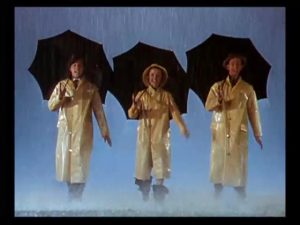
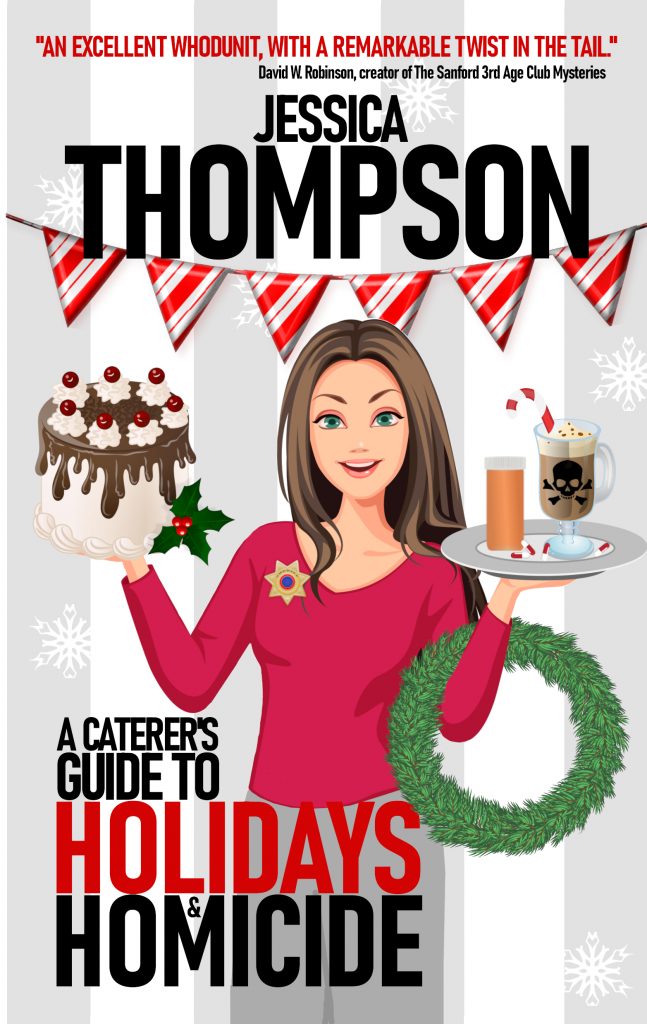
Driving your plot is my favorite way to use the setting. In my second mystery, A Caterer’s Guide to Holidays and Homicide, I was able to confine and limit the suspects by having them snowed in at a remote cabin. Everything from the limited mobility, the lack of police, and the obvious footprints in the snow were versions of the setting doing some of my work for me when it came to the plot. Like Agatha Christie limiting her characters by stranding them on an island or Les Miserables occurring during the French Revolution, the setting can make the events possible, reasonable, or at least enrich them. I can’t stop thinking of the Disney movie Enchanted. The entire plot revolves around a change of setting and what is normal in each surrounding, plus how different the settings and cultures of the two locales are!
Your setting shouldn’t just be a random backdrop that you drape behind an already-formed story and characters. Weave it in, use it as a frame for the action, and make it do some of your work for you.
Readers, tell us your pick for a book that makes great use of a setting!
Authors, how do you use setting in your stories?
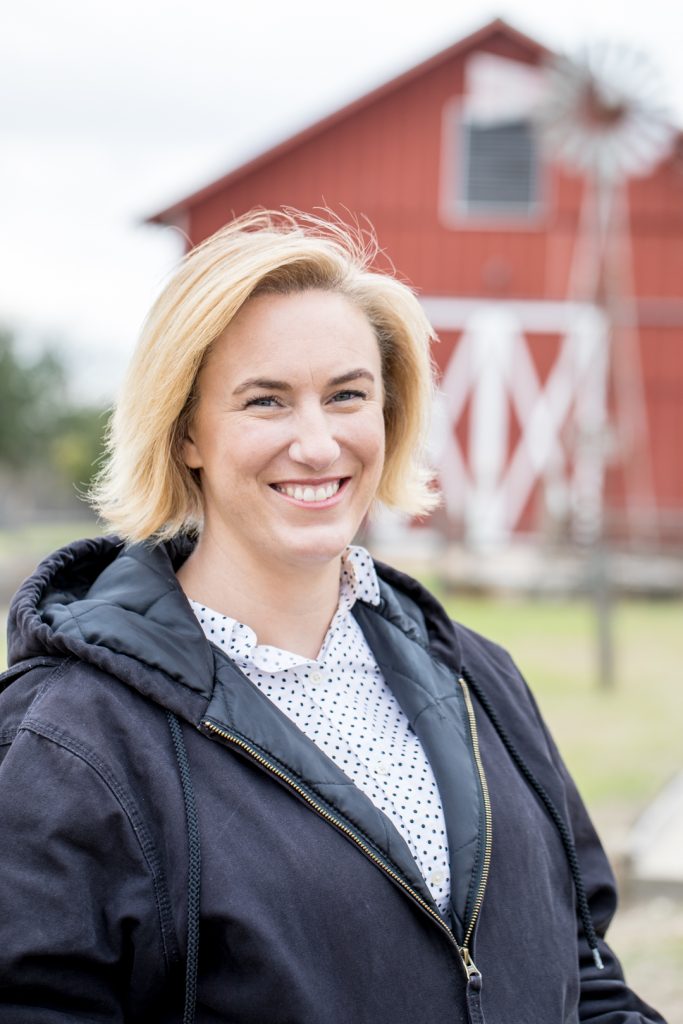
Jessica Thompson is the author of the Amazon best-selling Caterer’s Guide to Crime series and Shoot Shovel and Shut Up, her award-winning classic mystery. She has also curated several anthologies. She is active in her local writing community and volunteers as the Finance Chair for the Storymakers Guild.
Jessica lives in the suburbs of Austin, Texas, with her husband and two children. When not writing, she’s getting her boots dirty at her parents’ nearby Longhorn cattle ranch. Whether she’s revving up chainsaws or wrangling charging bulls, she sees it all as plot-inspiring material for her next mystery.
















































Settings are very important to me. I have to be able to picture the house or the building or the plaza where the action is taking place, so I’ll either visit or Google the spot, or design my own!
You are so right about the importance of settings and how they can contribute to the arc of the story as well as defining the characters and their emotions. I recently watched a movie where the “antagonistic” hero and heroine are stranded in a snowstorm and are forced to work together to survive – a perfect role for that snowy setting. Thanks for being our guest here on RWW.